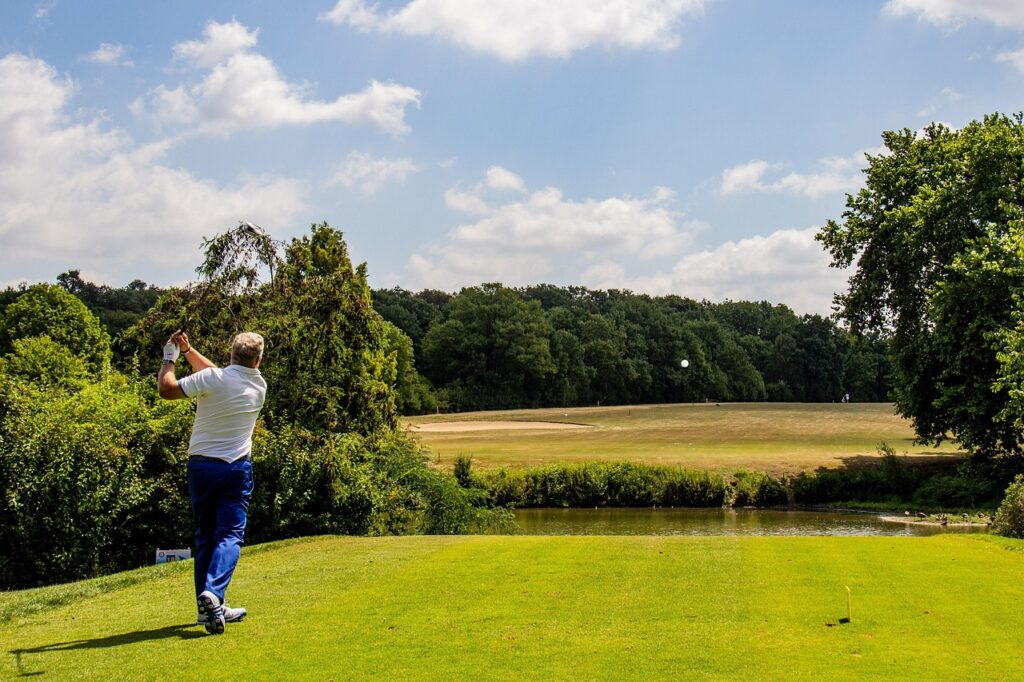A lawn treatment service helps maintain a healthy, green yard by addressing common issues like weeds, pests, and nutrient deficiencies. It uses targeted treatments such as fertilization, weed control, and pest management to improve lawn growth and appearance.
Many homeowners struggle with keeping their lawns vibrant due to seasonal changes, soil quality, or improper care. A professional service provides regular monitoring and customized solutions to protect and enhance the lawn over time.
Choosing the right lawn treatment can save time and prevent costly damage. Knowing what services are available and how they work can help homeowners make informed decisions for a better lawn.
Lawn Treatment Service Overview
Lawn treatment services focus on maintaining grass health, controlling pests, and improving soil quality. These services involve specific methods suited to various lawn needs and seasons, ensuring effective and targeted care.
Key Benefits of Professional Lawn Care
Professional lawn care delivers healthier, more resilient grass by addressing nutrient deficiencies and pest damage. Experts use precise application techniques that reduce waste and environmental impact compared to DIY treatments.
Regular treatments help control weeds, prevent fungal diseases, and deter insects like grubs and ants. This leads to stronger roots and a denser turf, enhancing the lawn’s appearance and durability.
Using professional services saves time and ensures consistent maintenance schedules. Lawn specialists also tailor treatments based on soil tests and local climate, optimizing results for each property.
Types of Lawn Treatments
Common lawn treatments include fertilization, weed control, pest management, and aeration. Fertilizers supply essential nutrients such as nitrogen, phosphorus, and potassium to support growth.
Weed control often involves selective herbicides that target broadleaf or grassy weeds without harming turfgrass. Pest treatments focus on insects like chinch bugs, grubs, or ticks, using safe insecticides.
Aeration improves soil aeration and water absorption by creating small holes in compacted soil. This boosts root development and nutrient uptake, often combined with overseeding to enhance lawn density.
How Lawn Treatment Services Work
Services typically start with a lawn assessment to identify issues like soil pH imbalances or pest infestations. Technicians collect soil samples for laboratory analysis when necessary.
Following the assessment, a customized treatment plan is developed, specifying product types, application rates, and schedules. Treatments are timed seasonally for maximum effectiveness.
Applications can be made via spreaders, sprayers, or liquids depending on the product. Follow-up visits monitor lawn health and adjust treatment plans if needed to maintain optimal conditions.
Choosing a Lawn Treatment Provider
Selecting the right lawn treatment provider involves evaluating service quality, expertise, and costs. It is important to understand the range of services offered, certifications held, and how pricing aligns with expected results and ongoing maintenance needs.
Factors to Consider When Selecting a Service
Reputation and experience rank high when choosing a provider. Checking customer reviews and asking for references help verify reliability and effectiveness. Providers should hold proper licenses and certifications related to lawn care and pesticide application to ensure compliance with regulations.
Service flexibility is another key consideration. The provider must be able to tailor treatments based on lawn type, local climate, and specific pest or weed issues. Transparency in explaining treatment plans and expected outcomes is crucial for informed decisions.
Availability of customer support is also important. Quick responses to questions and follow-up services indicate a provider committed to customer satisfaction and lawn health.
Comparing Pricing and Service Packages
Pricing structures vary widely. Some companies charge per visit, while others offer seasonal packages. Comparing costs requires looking beyond base price to what is included: types of treatments, frequency, and additional services like soil testing or aeration.
A clear pricing table often helps, for example:
| Package Type | Treatments Included | Frequency | Approximate Cost |
| Basic | Fertilization, weed control | 3-4 visits/year | $200 – $350 |
| Standard | Basic + pest control | 5-6 visits/year | $350 – $550 |
| Premium | Standard + aeration, overseeding | 7-9 visits/year | $550 – $900 |
Review contract terms carefully. Some providers lock customers into long-term agreements, while others offer month-to-month options. Transparency about cancellation policies and additional fees prevents surprises.


